One of the busiest thoroughfares in Tel Aviv, Kaplan Street, leads to a host of nearby destinations — the Azrieli towers, the Arlozoroff railway station, the Ayalon expressway, the Israeli government media center and one of the city’s newest and most historically interesting attractions, the Sarona market, an upscale complex of more than 90 shops, restaurants and pubs framed by blazing flower beds and reflecting pools.
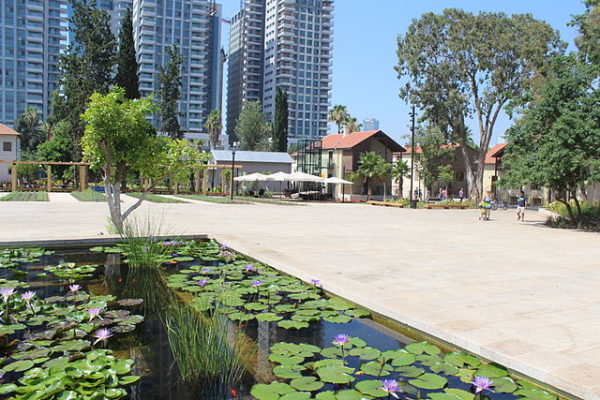
Until about a decade ago, Sarona was known as HaKirya. A tree-shaded, walled compound brimming with yellowish buildings sporting green wooden shutters and maroon tile roofs, it housed the headquarters of the Israeli army.
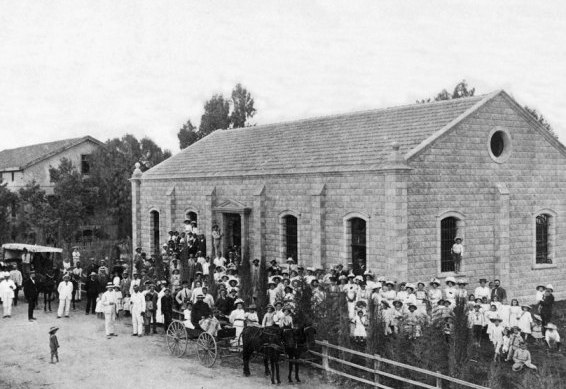
Long before Israeli statehood in 1948, Sarona was one of the earliest Templer settlements in Palestine, an Ottoman colonial possession until the second decade of the 20th century. The Templers, driven by millennial fervor and a belief that the Second Coming of Christ was imminent, were evangelical German Protestants who settled the Holy Land in the late 1860s. Their intention was to build a new order grounded in traditional Christian values. A sect founded by the Wuttemburg theologian Christoph Hoffmann (1818-1885), the Templers were a breakaway group from the Lutheran church.
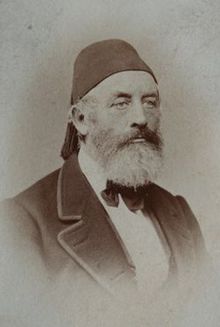
In addition to Sarona, they built neat and efficient settlements in Jaffa, Haifa, Jerusalem, Willhelma, Bethlehem and Waldheim. Never numbering more than about 1,800 members, the Templers are credited with having played a central role in the modernization of Palestine in such key sectors as construction, agriculture, commerce, industry and transportation.
Jewish settlers in Palestine were no doubt influenced by their work ethic and love of the land.
With the British conquest of Palestine in 1917, the Templers were deported to Egypt as enemy aliens. But after World War I, they were permitted to return.
Templers had cordial relations with Jews. But with the rise of Adolf Hitler in Germany, increasing numbers of Templers identified with the Nazi movement and joined local branches of the Nazi Party.
During World War II, Britain interned Templers in Sarona, which had become a British military base, and later deported them to Australia. And in one prisoner exchange, they were swapped for Jews held in Germany.

After 1948, Israel confiscated their properties, officially bringing the Templer period to an close. Yet their ghosts linger on through their distinctive buildings, many of which have been stylishly renovated by their new owners.
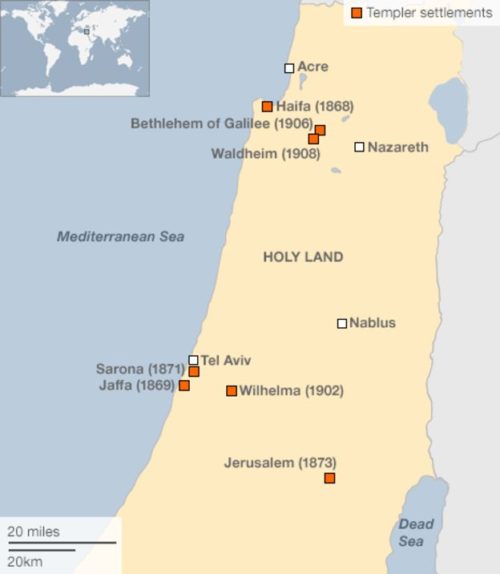
Sarona, one of the first modern agricultural colonies in Palestine, was constructed in 1871 on swampy land purchased from a Greek monastery. The first German colonists experienced hardships as they battled an outbreak of malaria and torrid summer weather. Yet they persisted as farmers, planting citrus orchards which yielded the famous Jaffa orange, vineyards and vegetable gardens, and tending to livestock. An account of their lives, From Desert Sands to Golden Oranges, was written by Helmut Glenk, who was born and raised in Sarona.

During the final decade of the 19th century, more than 200 Templers lived in Sarona, which consisted of 70 private and community buildings, barns, workshops and sheds. By the 1920s, Sarona’s population was around 500. In the summer of 1941, when General Erwin Rommel’s Africa Korps threatened Palestine, 198 Templers were deported to Australia. The remainder were placed in internment camps. Gotthilf Wagner, Sarona’s mayor, was assassinated by Irgun fighters in 1946.
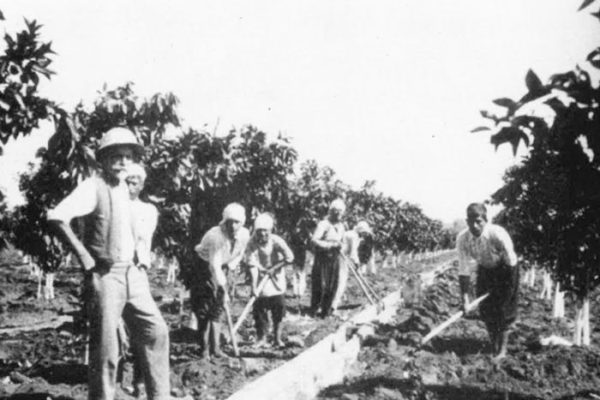
With the end of the British Mandate in 1948, Sarona was expropriated by Israel, and HaKirya, a serene oasis in a throbbing metropolis, was created.
Plans to demolish HaKirya were drawn up, but preservationists rushed in to prevent its destruction. City Hall agreed to save 18 Templer buildings adorned with Germanic architectural flourishes.
Initially, Sarona was set aside as a leafy park with benches and tables, but in the past few years it has been gentrified and integrated into the cityscape. It now houses the largest indoor culinary market in the country.
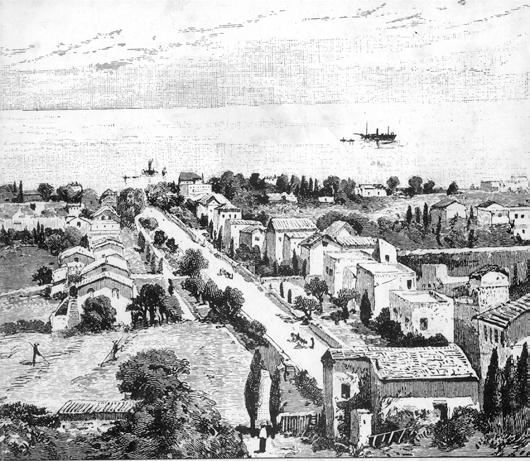
The remnants of a Templer settlement, the German Colony, can be found in Haifa on Ben-Gurion Boulevard, which is dotted with restaurants, cafes and boutiques. North of it is the heavily forested Carmel mountain range and the stunningly beautiful Baha’i gardens and shrine. South of it is downtown Haifa and the adjacent Mediterranean Sea.
The Templers arrived in Haifa in 1868, when it was a backwater inhabited by Muslims, Jews and Christians. Purchasing land far from Haifa’s commercial district, the Templars built the first planned agricultural community in Palestine. Their fields stretched into Kiryat Eliezer, now a middle-class neighbourhood of apartment blocks shaded by eucalyptus trees.
Hard-working and resourceful, the Templers opened workshops and an olive soap factory. They established a tourist industry by building a hotel and a road up to Mount Carmel. From their ranks poured forth some of the city’s most prominent doctors, engineers and merchants.
The community reached its apogee in the early 20th century, when its population rose to 750. By all accounts, the German Colony, with its attractive homes and gardens, was a model of judicious urban planning.
Typically, a Templer building was fabricated of soft limestone excavated from a quarry on Mount Carmel. Residential homes were built on three levels. On the first storey was a kitchen, dining room and living room. Sleeping quarters were on the second floor. Food and water were stored in a cellar.
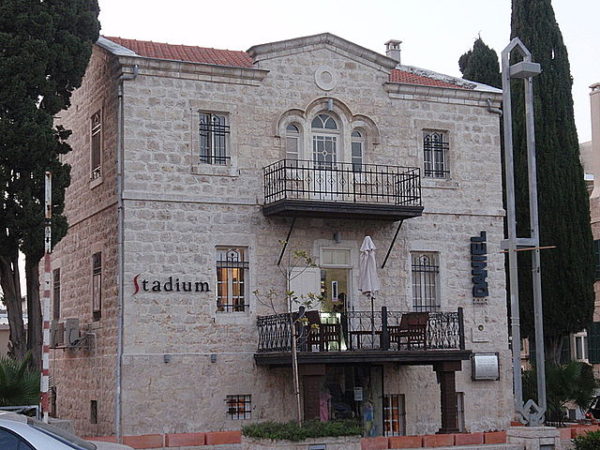
When I visited Haifa for the first time shortly after the 1967 Six Day War, the former Templer district was rundown and seedy, totally neglected. With buildings fast crumbling, a coalition of preservationists persuaded the municipality that the German Colony’s revival would pay economic dividends and beautify the city.
The effort has paid off. The German Colony has been revitalized and has been a tourist draw for years now.
As I strolled down Ben-Gurion Boulevard one day, admiring the buildings that once belonged to the Duck, Kraft, Ruff, Unger, Keller and Struve families, I conjured up images of industrious Germans working their fields and tending to their stores, workshops and hotels in the New Jerusalem.
